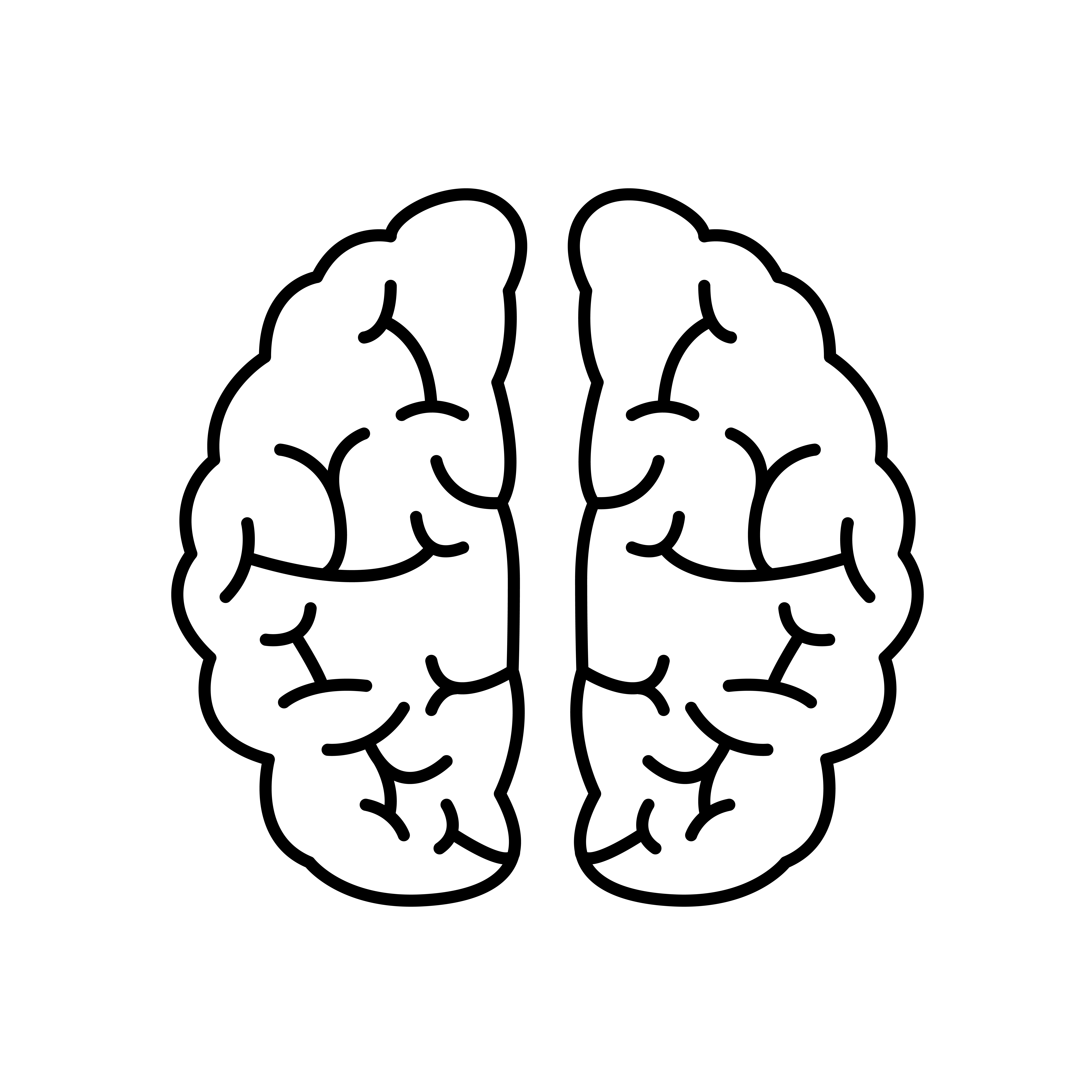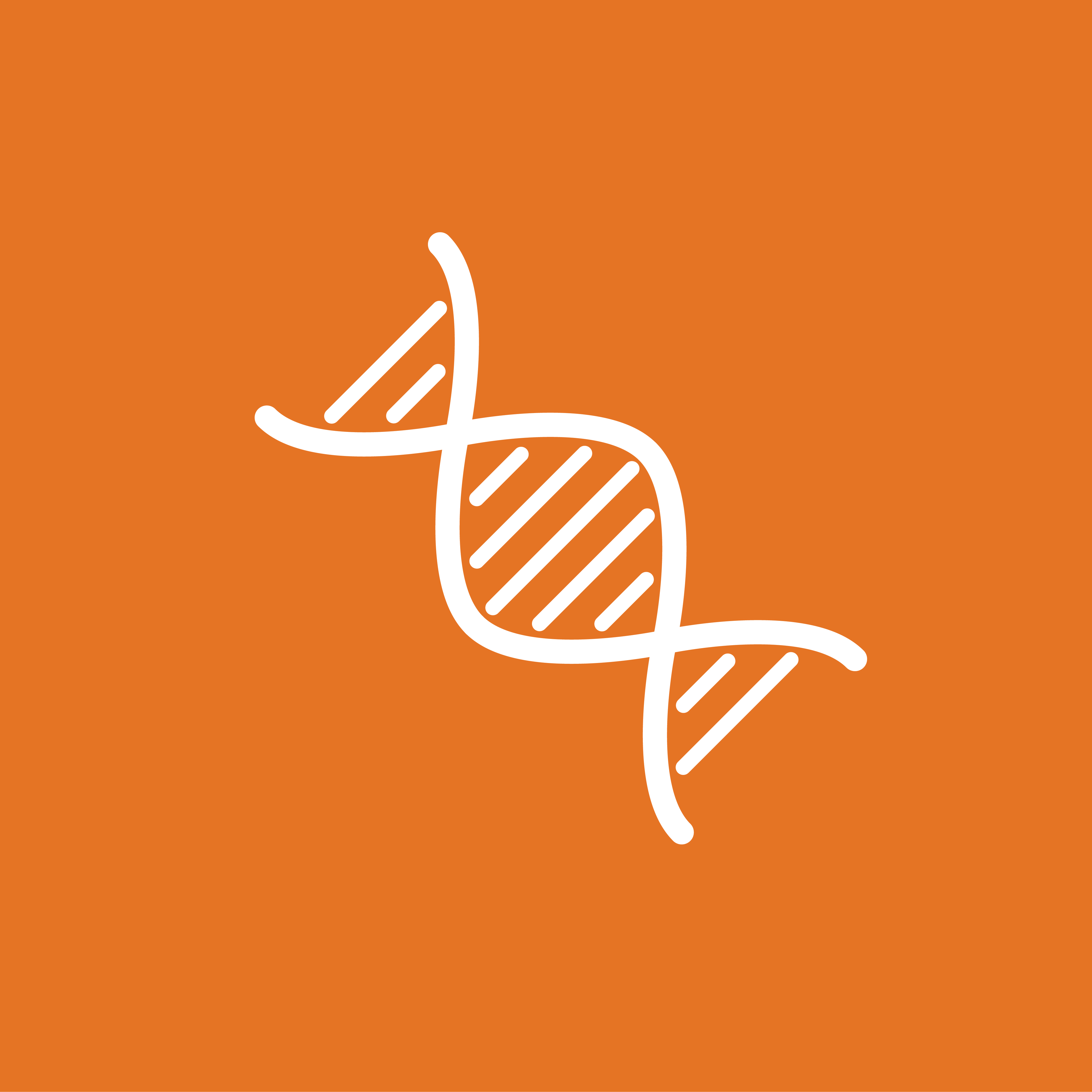






Kevin Pelphrey came to the University of Virginia two years ago for two big reasons, and both of them had to do with love.

Kevin Pelphrey
As one of the country’s leading autism researchers, Pelphrey was eager to work within the UVA Brain Institute, where he could continue helping people like his 16-year-old daughter, Frances, who was diagnosed with autism in 2007.
And he could be with his wife, Annie, who had relocated to Virginia to run an oyster farm in Virginia Beach.
“This was the best place I could think of, to both be in Virginia and continue doing this work,” said Pelphrey, who has worked at Yale University and George Washington University and now lives full-time in Charlottesville with his wife and their five children.
At UVA, Pelphrey is the Harrison-Wood Jefferson Scholars Foundation Professor, holding dual appointments in the School of Medicine and the Curry School of Education and Human Development, and also works with the Brain Institute and the Supporting Transformative Autism Research, or STAR, initiative. His research plays a key role in UVA’s efforts to better understand autism spectrum disorders and develop new treatments, as well as a wider strategic research effort focused on the brain and neuroscience.
Outside of UVA, Pelphrey also serves on the Federal Interagency Autism Coordinating Committee, which advises the secretary of Health and Human Services on the allocation of federal resources supporting autism research and treatment. Pelphrey is on the committee as a parent of someone with autism, joining fellow scientists, parents, and people with autism to help the federal government prioritize spending.
Here, Pelphrey highlights four breakthroughs that have shaped his career thus far and brought us closer than ever before to understanding and successfully treating autism spectrum disorders, which affect one in 59 American children.
One important discovery, Pelphrey said, was the understanding that autism is caused by multiple genes acting over time, rather than a single gene.
“At first, that feels disappointing, because it means that autism is a lot more complicated than we thought,” he said. “But it also raises the possibilities for interventions beyond the level of individual gene therapy, instead looking at how the circuits of the brain work and how to modify those. So, it tells us where to focus our energy.”
Pelphrey and his research team do a lot of genetics work, trying to understand how different genes influence the brain’s development. Conversely, he’s also exploring how the brain, as it changes and develops, could alter how genes are expressed over time.
“We are integrating genetics, brain imaging and research on the brain’s development, as well as behavioral development,” he said. “Pulling all that together helps us understand how genetics give rise to brain development, and how that drives behavior.”
Pelphrey is leading a coalition of scientists at UVA and elsewhere studying how autism spectrum disorders differ in boys and girls, and seeking to answer one long-held question about the disorder: Why are four times more boys diagnosed with the condition than girls?
The answer, Pelphrey believes, is that autism affects girls’ brains differently than boys’. Because they do not show the same symptoms, girls might be diagnosed less often.
“It is shocking in a sense, in that it looks like the brain systems that are affected in girls with autism are different than those affected in boys,” he said.
While some physical conditions might have different symptoms in men or women, they generally have the same underlying cause. For example, women and men often experience different symptoms during heart attacks, but the underlying cause – a blockage in the heart – is the same.
In autism, both the symptoms and the underlying cause – what happens to the brain and how it happens – could be different.
“This suggests that there are girls out there who have differences in their brain caused by autism, but who are not showing the same behavioral challenges that boys would,” he said. “So, what are they showing? Are they more at risk for anxiety and depression, disorders more common in girls? How can we help them?”
Those are the questions Pelphrey and his team hope to answer.
Pelphrey is collaborating with the UVA Neonatal Intensive Care Unit on a study tracking babies who are born prematurely – a risk factor for autism – and looking for patterns.
“If we can learn to predict which of these children will develop autism or other neurodevelopmental conditions, we can help those kids directly and also gain insight on how we predict which babies will develop autism over time in the general population,” he said. “That is something I think we will see in the next 10 years.”
Already, he said, researchers are better able to predict which children will benefit from which treatments.
“We have progressed from identifying the differences in how the brain functions in autism to being able to predict how an individual child will respond, and how best to intervene and optimize their development,” he said. “That is probably the breakthrough that has been most useful at this point.”
The ability to identify children’s specific needs will help researchers and doctors better tailor treatments, Pelphrey said.
“Because we will have information about how development trajectories very early predict the severity of autism, we can start to do something more like precision medicine for autism intervention,” he said. “I think that, over the next 10 years, these things will really start to come together.”
For example, Pelphrey said, if a child is not responding well to behavioral intervention, doctors could use a drug designed to prime the brain region that predicts successful treatment, increasing the odds that the treatment will work.
“This is a study we are doing now,” Pelphrey said. “It’s early, but promising.”
He also sees promise in brain stimulation therapies, which activate or inhibit areas of the brain with electrical impulses. The method is also used to treat movement disorders such as essential tremor and Parkinson’s disease, as well as epilepsy and obsessive-compulsive disorder.
Because it targets very specific areas of the brain, the treatment could have fewer side effects than current neurological drugs, Pelphrey said.
“UVA has a great team working on this, and I think we have some unique opportunities,” he said. “Over the next decade, I think brain stimulation will become fairly routine as a treatment for autism.”


People in almost every department here have something to contribute to studying the broader issues of autism. - Kevin Pelphrey
It’s not necessarily a breakthrough, but Pelphrey said that the level of collaboration he’s experienced at UVA has made his work both more effective – and more fun.
“UVA is uniquely collaborative,” he said. “I have been at some good schools, but I have never experienced a campus-wide effort quite like this. People are truly collaborative and just nice. That’s rare, sometimes.”
The questions surrounding autism, he said, cross many disciplinary boundaries. It’s not just neuroscience and psychology, but touches on education, public policy, law and more.
“When you are presented with a child with autism, you of course need expertise in medicine, neuroscience and psychology,” he said. “But you also need to think about how to educate this child, how our policies and laws affect this child.”
UVA’s School of Law, he pointed out, is a leader in developmental disabilities law. On the technical side, the School of Engineering and Applied Science and the new School of Data Science can help to analyze large data sets or develop computer algorithms, apps and other technology that could help people with autism.
And, Pelphrey pointed out, his colleagues in the humanities and social sciences have an interest in how autism affects or is affected by broader social issues.
“People in almost every department here have something to contribute to studying the broader issues of autism,” he said.
Associate Editor Office of University Communications
cfn8m@virginia.edu 434-243-9935
March 21, 2020